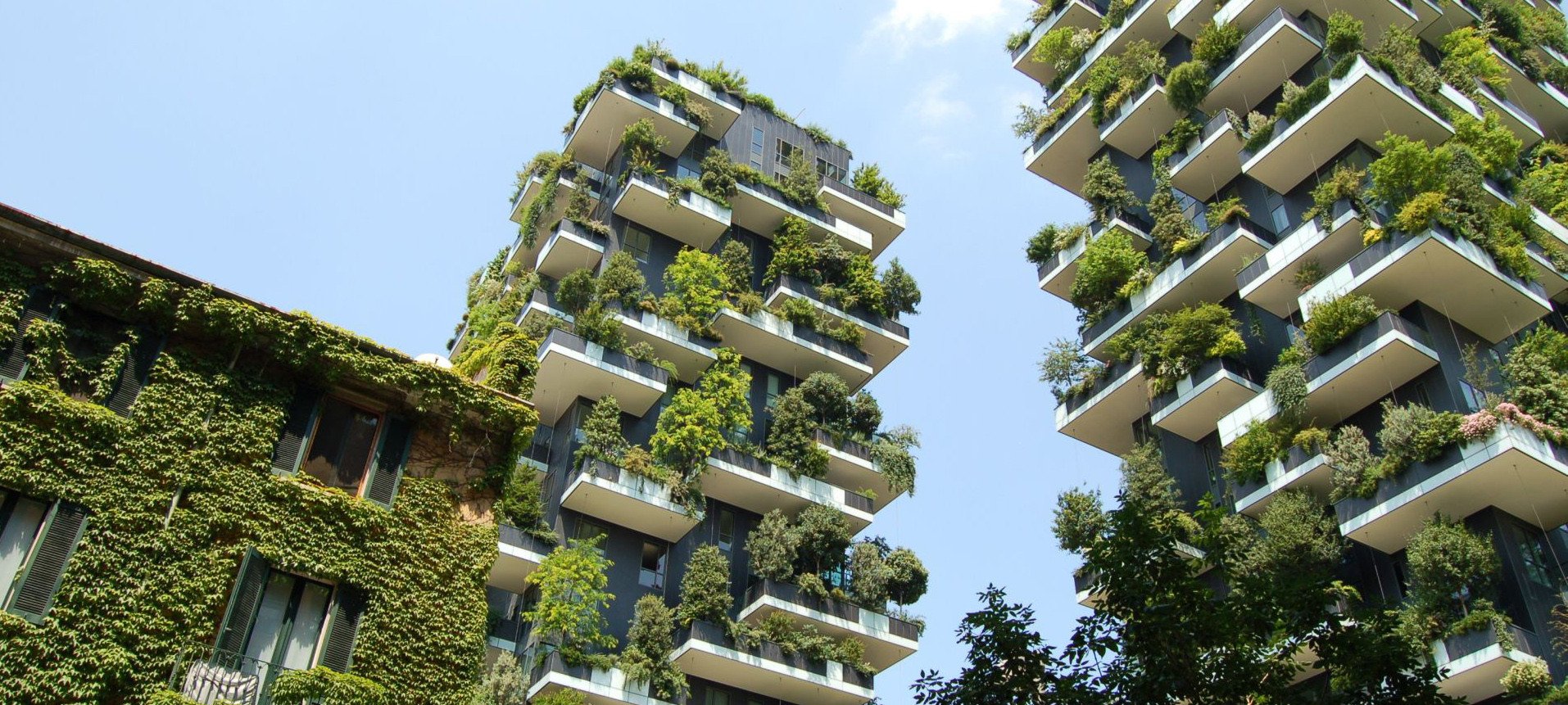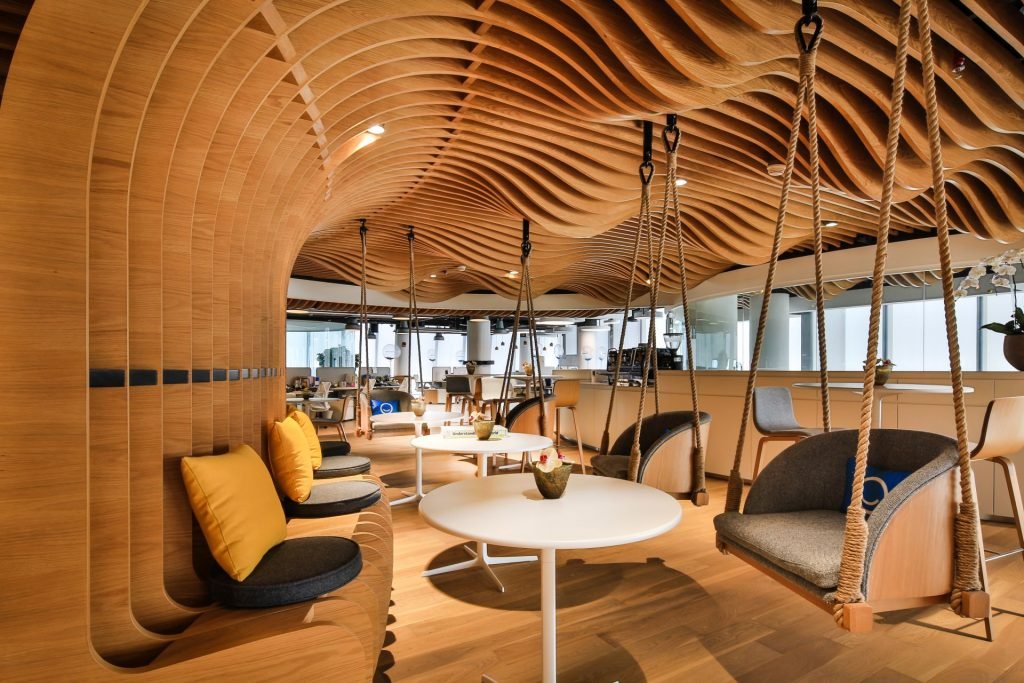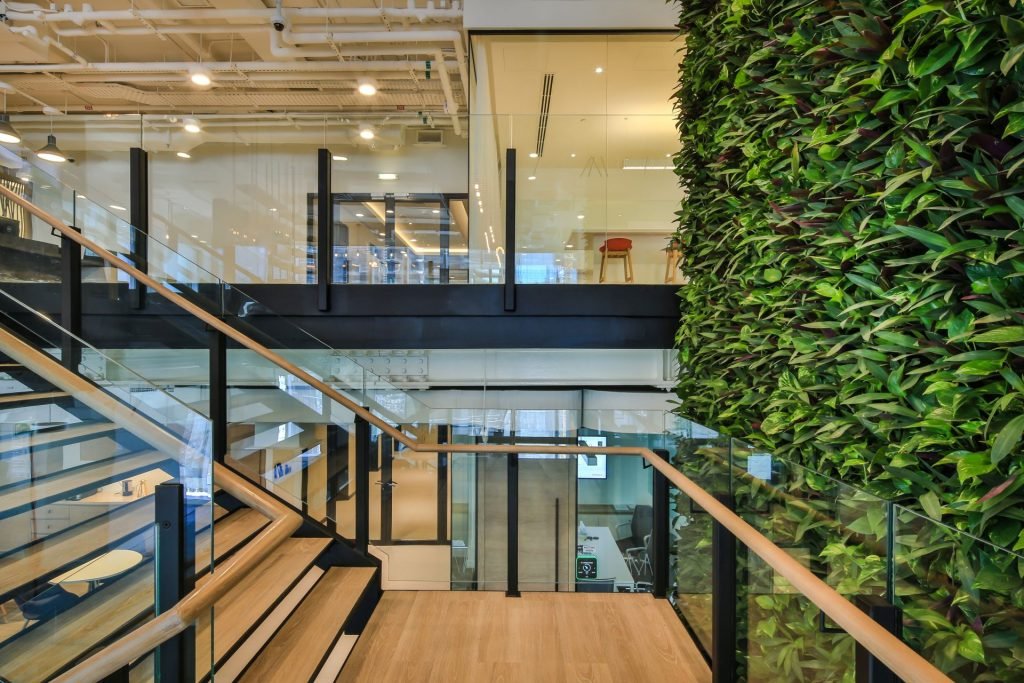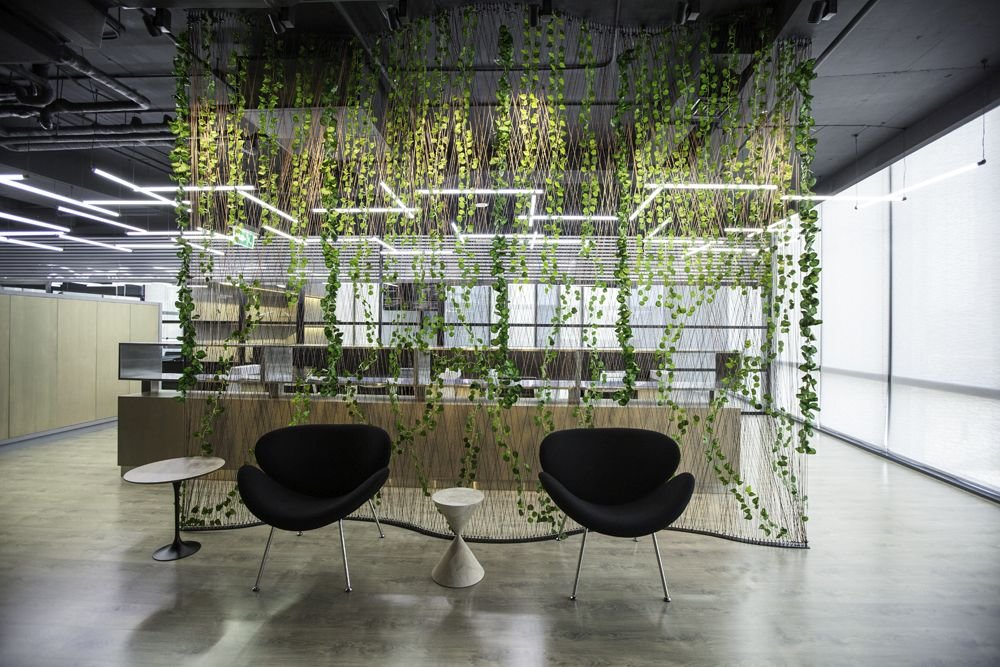One thing’s for sure: Steelcase Roundtable discussions are events to look forward to. For those not aware, workspace solutions manufacturer Steelcase hosts roundtable discussions a few times a year. These are informal events attended by leaders from various industries with a different agenda each time. Their last roundtable was focused on biophilia and biophilic design with attendees primarily from the A+D industry.
Those involved in the discussion this time around included John Hamilton from Coalesse; Rick Bomer from Steelcase; Abeer Sajjad from Steelcase; Hania Arafat from Steelcase; Farah Addada from Allen Architecture Interior Design; Adil Amin from Bluehaus Group; Matt Hall from Interface; and Valentina Cereda from Perkins+Will.
We managed to chat with Abeer Sajjad, Brand Communications Manager at Steelcase Middle East, post-event for a brief on what was discussed. Among the key points discussed is the industry’s perception of biophilia and what it really means, its relevance and influence in today’s workspaces, and some case studies to learn from.










